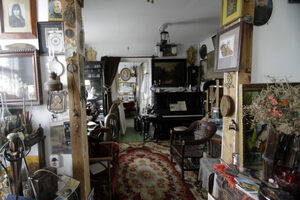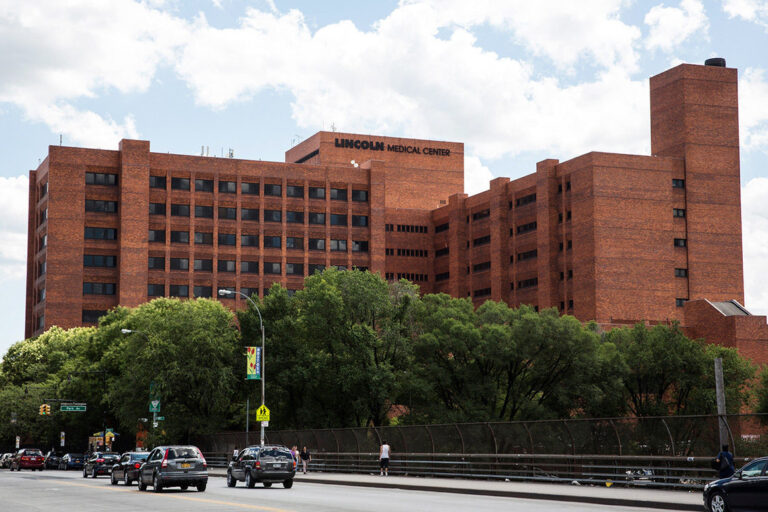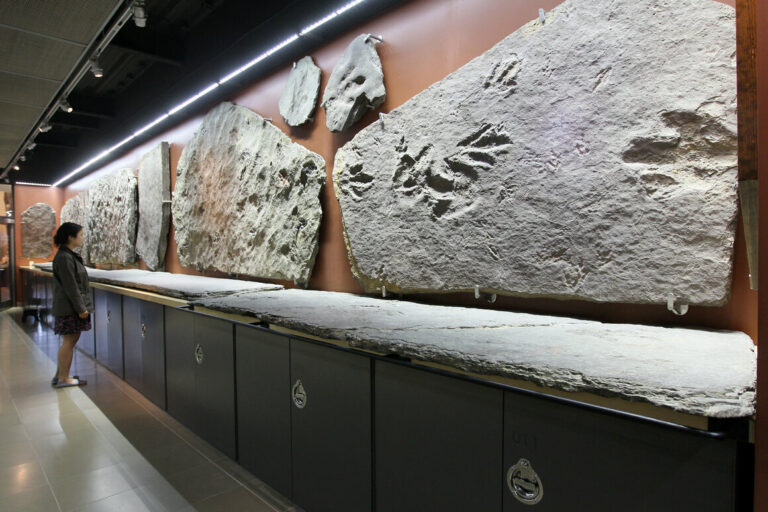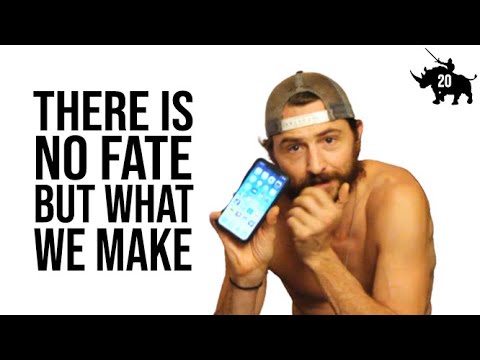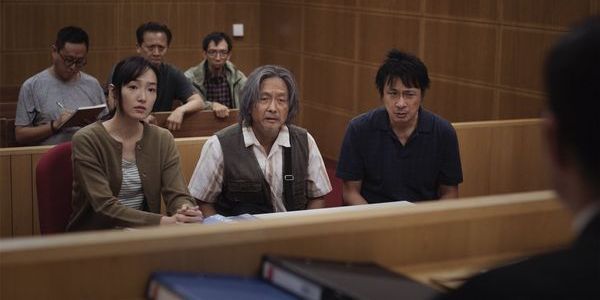‘The Crown’ Says Goodbye To Princess Diana With A Problematic, Captivating Final Season
Elizabeth Debicki and Imelda Staunton return in the final season of Netflix’s once-adored, recently iffy historical drama.
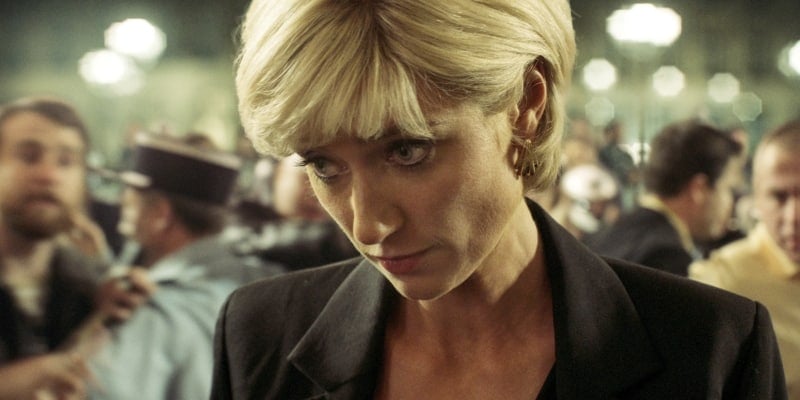
Welcome to Previously On, a column keeping an eye on the latest returning TV shows. In this edition, Valerie Ettenhofer reviews the first half of the final season of Netflix’s The Crown.
How do you portray the most photographed woman in the world? This is a challenge The Crown has taken on, to varying degrees of success, over its last three seasons. Peter Morgan’s ambitious Netflix series gained new, vibrant life in season 4 when it introduced Emma Corrin’s Princess Diana, then let it slip away throughout the show’s disappointing penultimate season. Now, in its final two-part stretch of episodes, the series must deal with the permanent extinguishment of that life – the world-shakingly tragic death of Diana (Elizabeth Debicki).
The show attempts to capture the final months of Diana’s life across the first four episodes of season six (a second installment is due to introduce Kate Middleton and wrap up the whole seven-year-long endeavor next month), and in doing so it recaptures a bit of the glory of the drama’s earlier days. Along the way, though, The Crown also indulges in some of its worst tendencies, attempting to add insight where there likely was none and egregiously portraying its future protagonist, Charles (Dominic West), with the empathy it previously afforded both Diana and young Elizabeth (Claire Foy in the good old days, now Imelda Staunton).
The Crown also seems to make a lot more stuff up this season. The four-episode first installment takes place during a heavily-scrutinized period of Diana’s life, portraying her budding, fraught romance with movie producer Dodi Fayed (Khalid Abdalla) and the pair’s eventual death in a catastrophic, avoidable car accident in August 1997. Though everyone from Diana’s former butler to Dodi’s dad (Salim Daw) has spoken at length about her final weeks, the show still opts to add in major plot points that seem to have little to no historical basis, casting both Dodi and his father in an extreme light. The real Diana story is sad enough as is, and when the show focuses on the actual details of her final days, it’s all the better for it.
Despite these shortcomings, the first three episodes of season 6 of The Crown (four were available to screen, more on the fourth later) still comes across as a marked improvement upon its predecessor. The show has always been gorgeously crafted, fantastically acted, and cleverly written to convey emotional if not literal truth, but season 5 took an ideological nosedive in the worst way. Suddenly and oddly pro-royals, the season gave Diana the cold shoulder to instead spend time showing Charles dancing with underprivileged youths and mourn the loss of Queen Elizabeth’s boat. It was a bizarrely out-of-touch 180 for a show whose greatest strength has always been its clear-eyed look at the slow rot of monarchy. Season 6 doesn’t fully fix these problems: it gives Charles a number of seemingly made-up hero moments, and its creative embellishments are both embarrassingly off-base and glaringly obvious. Still, the show does well to re-center Diana once again, focusing on the cycles of seemingly endless and sometimes self-inflicted turmoil plaguing the Royal family.
Whether or not the material rises to meet her (and in Diana-centric scenes it does more often than not), Debicki is effortlessly great as Diana. She gives such a lived-in performance after just two seasons that she disappears somewhat into the character, who we now know about as well as we ever will. The Crown’s Diana can be impulsive, sulky, and prone to dramatic gestures, but she’s also a fiercely loving mother and a woman in pursuit of her own happiness – perhaps for the first time ever. The show uses her relationship with Dodi and the paparazzi to wordlessly explain how much the world projected upon the real-life Diana’s pretty face, and while Elizabeth’s characterization at this point comes mostly through rare public speeches, Debicki telegraphs Diana’s complexity largely through body language – and through what the princess chooses not to say.
When it comes to the actual death of Diana, reports of the show committing cinematic rubbernecking have been greatly exaggerated. The series politely looks away from most of the more upsetting details of Diana’s crash, instead focusing on the grief of those left behind. Morgan’s decision not to show the crash or its fallout is admirable, but it’s followed up by a surprisingly vile narrative choice in episode 4 that the show may not be able to recover from. For all the time it spent carefully humanizing Diana, The Crown turns her into something smaller and sillier after her death, forcing her story to posthumously serve those of other, less endearing characters.
For all its recent faults, there’s still a polish to The Crown that makes it engrossing in a way that few other long-running shows manage to be this deep into their run. The series is crafted with care on a technical level, and it shows in the costumes, music, set design, and editing and direction – all of which allow Diana’s scenes to bubble over with colorful life while the royals are trapped in a drab gray world. The Crown has fallen from grace a bit in recent years, and it continues to make questionable decisions in its final season, but for better and worse, its flair for the dramatic still commands our attention after all this time.
Related Topics: Netflix, The Crown


